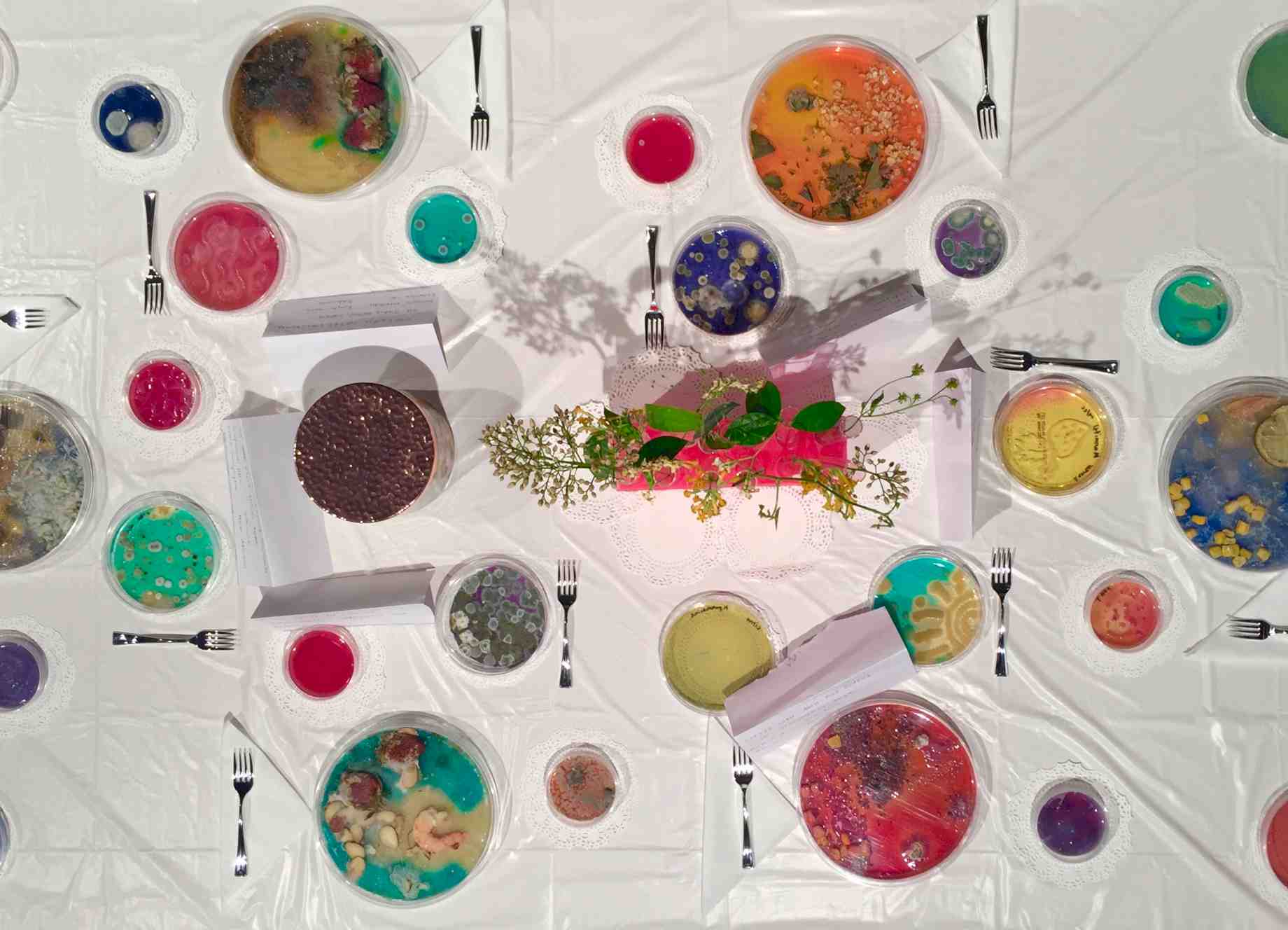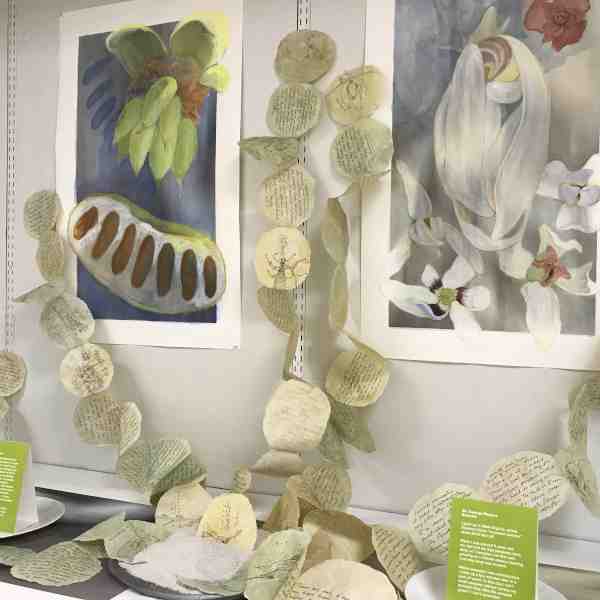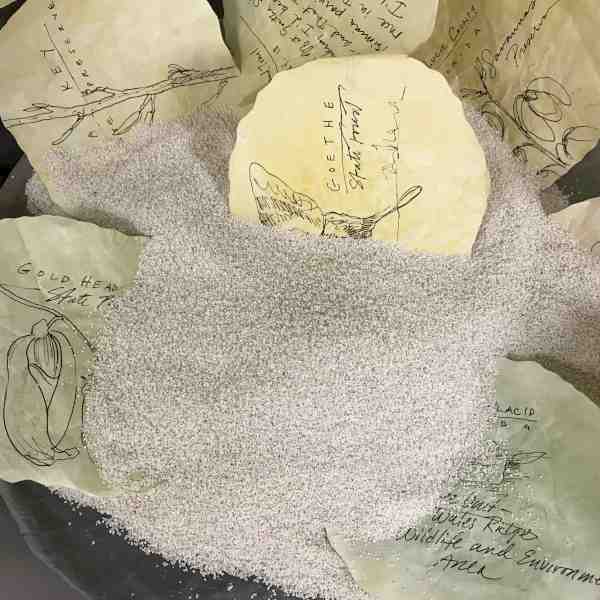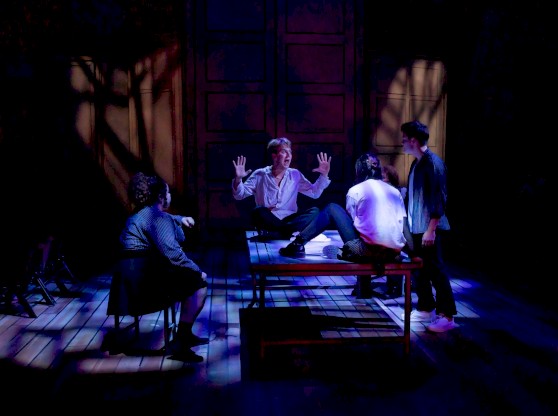Katerie Gladdys, School of Art + History associate professor, envisioned a class where students could explore food technologies and agricultural sciences through an arts perspective.
The “Production, Consumption, Digestion and Excretions: Food, Art and Technology” course challenged students of different disciplines to use their sight, smell, taste and touch senses to understand and communicate their artistic vision of food’s relationship to art and technology.
The course emerged as an initiative from the UF Institute of Food and Agricultural Sciences (UF/IFAS) Field and Fork Program—of which Gladdys is a fellow—to help connect a variety of studies to food system, said Anna Prizzia, campus food systems coordinator. The blend of these processes is a way for the students to foster better critical thinking and technical skills.
“Artists transform data into a subjective and conceptual artwork using metaphors in ways very different than what happens in scientific research,” Gladdys said. “Scientists can learn different ways to experiment or approach the scientific method by considering the processes that artists use.”
Experiential learning is an essential component of the course. In spring 2018, Gladdys’ lessons included observing the physical properties of local soils and making candy to examine the history of sugar. Thanks to grant funding from Field and Fork, the class also visited labs and engaged with local experts to broaden their understanding of how art and design are connected to food.
Students participated in service learning by volunteering at the Field and Fork garden as well as created group projects such as Grow It!, a card game about farming, designed by students Sara Culpepper, Michael Marte and Grace Chun.
Chun, a psychology student, said that the class broadened her definition of art and her understanding of who can be artists.
“I realized that local farmers, seed biologists, nutritionists and local food activists incorporated art and design whether they saw it that way or not,” she said. “Art can be a final product like a ripe strawberry grown organically, or it can be the process of growing that strawberry.”
Students also created more personal work about their relationships with food systems, including recipe cards for local vegetables, seed packaging, signage, video documentaries and ceramic sculptures.
Graphic design master’s student Marjorie Shropshire focuses her artwork on how integrating design with science can inform and engage. Prior to the class she only had concentrated on the aesthetic aspects of plants.
“The participatory activities that were offered during the class opened my eyes to how smell, taste and technology can inform art practice,” Shropshire said.






